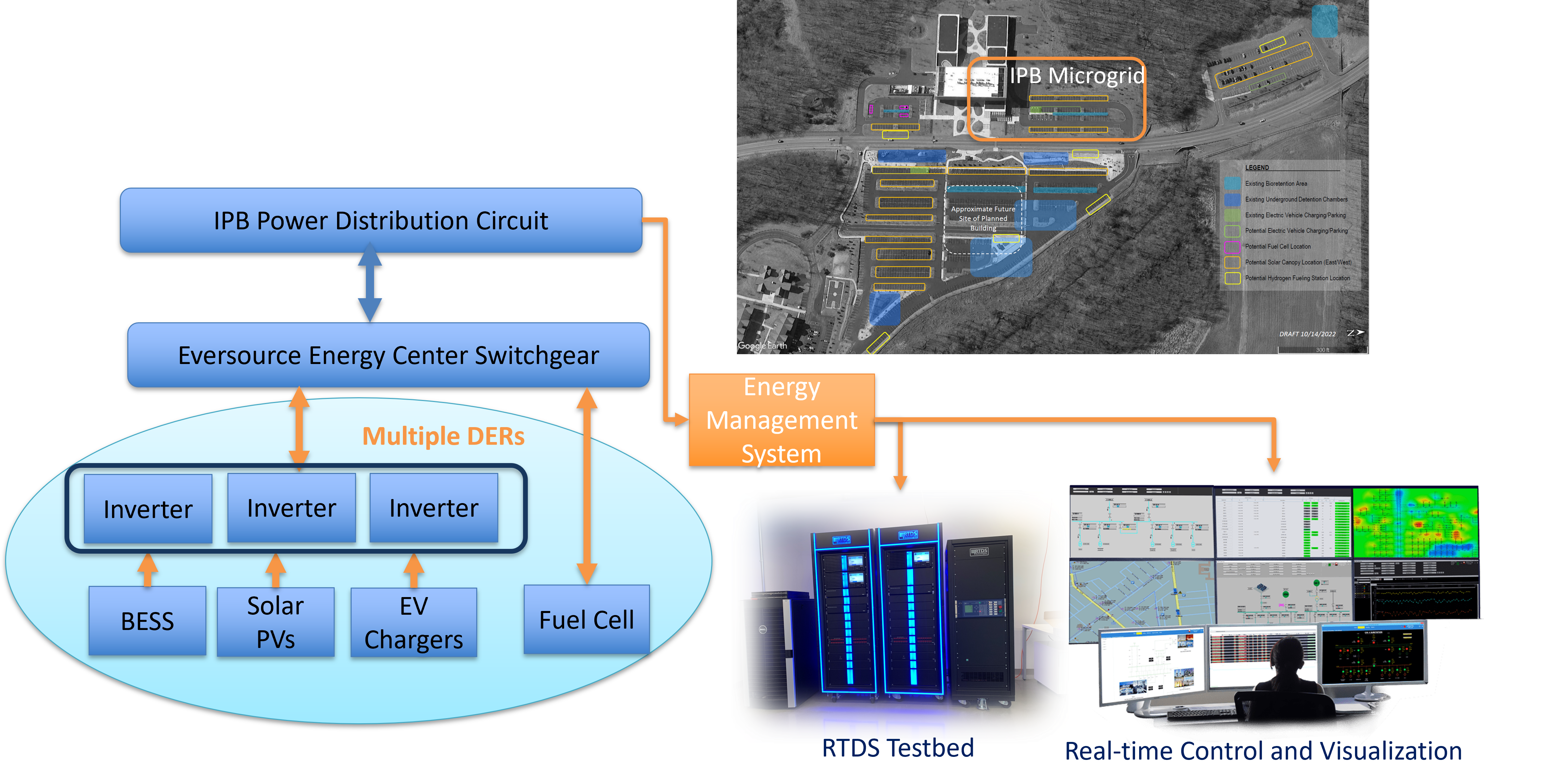 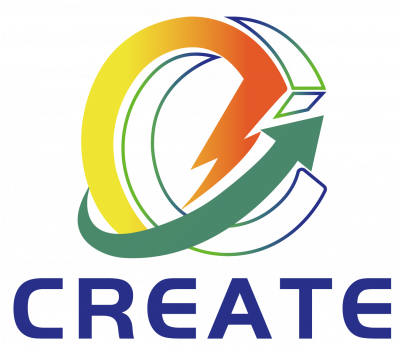  |
-Advanced Real-Time Digital Simulation (RTDS) Testbed
-UConn Microgrid Testbed -Schweitzer Engineering Laboratories (SEL) Equipment |
Background
The CREATE lab is part of the Eversource Energy Center that hosts a power system research laboratory with a powerful Real-Time Digital Simulator (RTDS) with three NovaCor Chassis and IBM’s POWER8TM processors running at 3.5 GHz. This allows dynamic simulations for large-scale power systems with thousands of nodes in small timesteps in real time. Its fully digital parallel processing hardware is capable of simulating complex networks using a typical timestep of 25-50 μs. The RTDS has been extended with an NS-3-enabled cyber-physical co-simulator that allows us to emulate and study cyber-physical power systems with different renewable energy penetrations. The CREATE lab is also a part of the initiative to build the UConn microgrid testbed with various distributed energy resources (DERs), such as solar PVs, battery energy storage, fuel cells, and advanced distribution system automation systems.
RTDS Testbed Capabilities
RTDS testbed allows for large-scale renewable grid integration research and development, including offshore wind, solar PV and energy storage. The multi-energy microgrid testbed and large-scale renewable-based systems can be simulated with hardware and software in the loop, where the hardware is RTDS tied together with HPC, PVs, energy storage units, hydrogen fuel cells, small wind generations, and building loads and the software solutions are network simulator, optimization and control of various energy resources for system integration studies, such as cost-benefit analysis, reliability, and resiliency. The platform also allows collaboration with the National Renewable Energy Lab (NREL)’s Integrated Energy Systems (ARIES) platform on renewable energy grid integration to develop a powerful digital twin simulator. This could enable research at the 20-MW level and beyond by a virtual emulation environment powered by HPC. This platform will establish different research directions as follows:
- Testing power systems with different renewable generations, like wind generators, PV solar generation, battery energy storage systems (BESS), and different kinds of loads (motors, light, etc.)
- Testing the microgrid system with different operation modes: islanded (grid-islanded), grid-connected and network microgrid. This will be implemented through the system in the loop using RTDS.
- Testing different control systems, such as Energy Management Systems (EMS), DER management systems (DERMS), Volt/var optimization (VVO) and control, fault location, isolation, and service restoration (FLISR), etc.
- Validate and verify different functionalities of converter-based resources using power hardware in the loop testing.
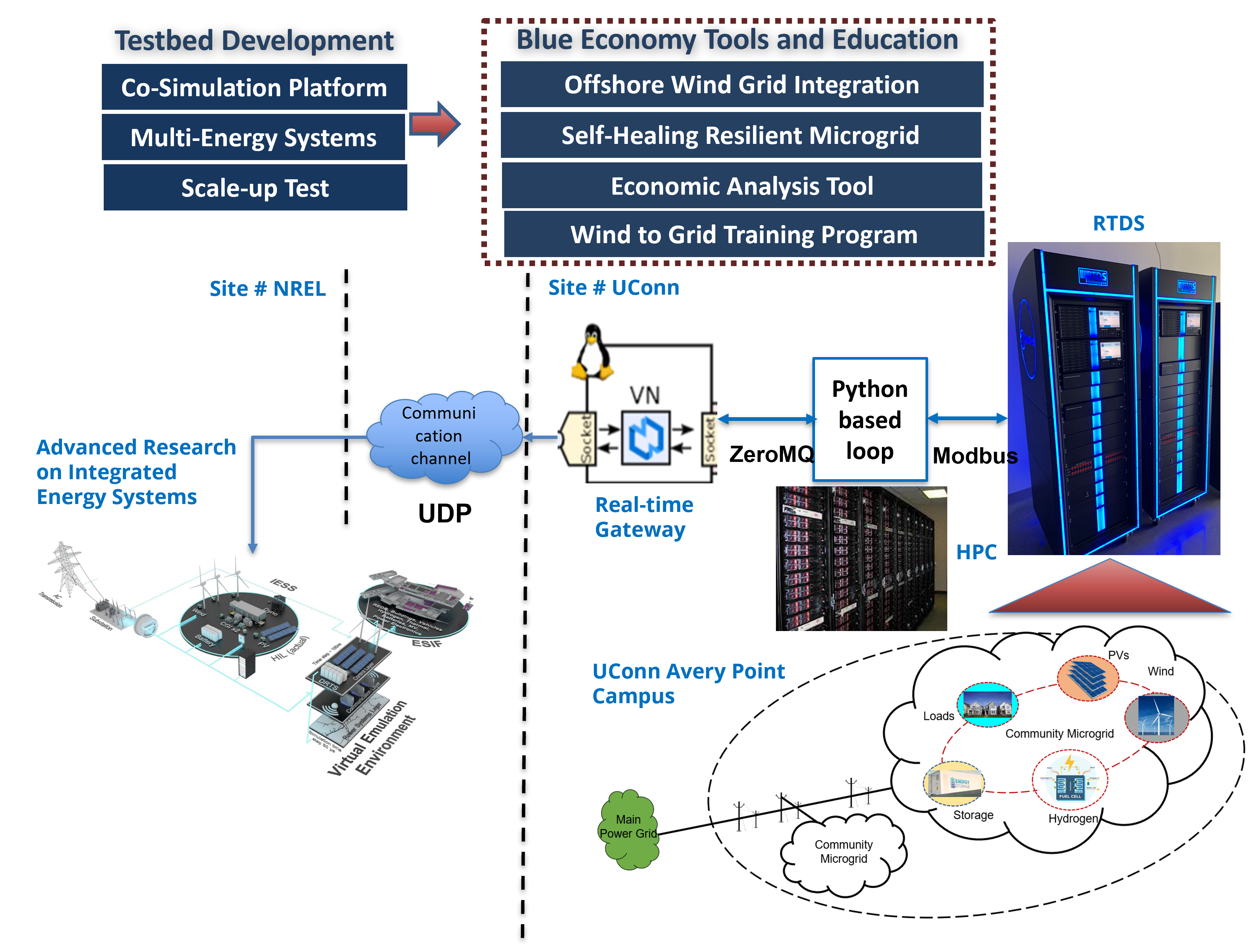
Cyber-Physical System Security Testbed Capabilities
Thanks to the generous donation from SEL, we have the following equipment included in the testbed:
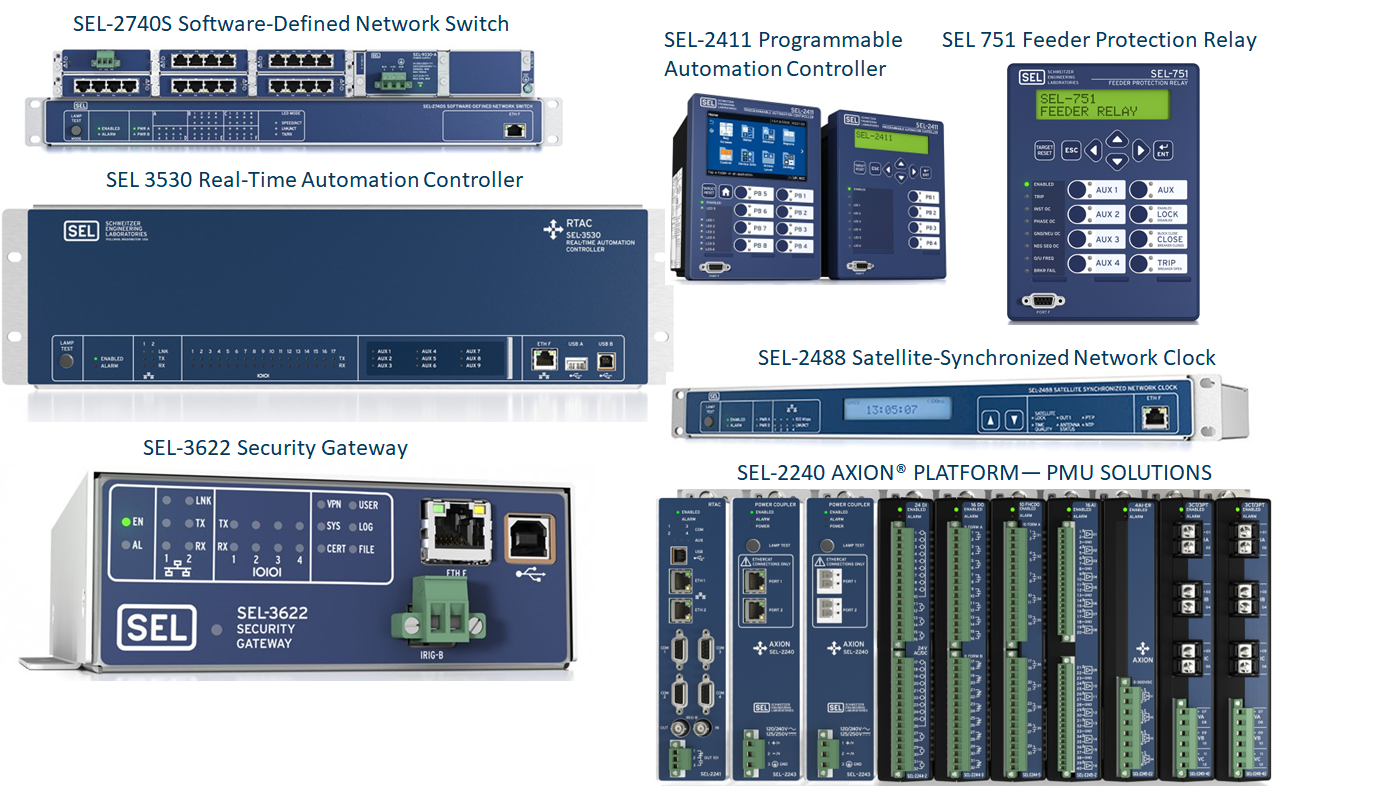
- Software network driven switches (SEL-2740S)
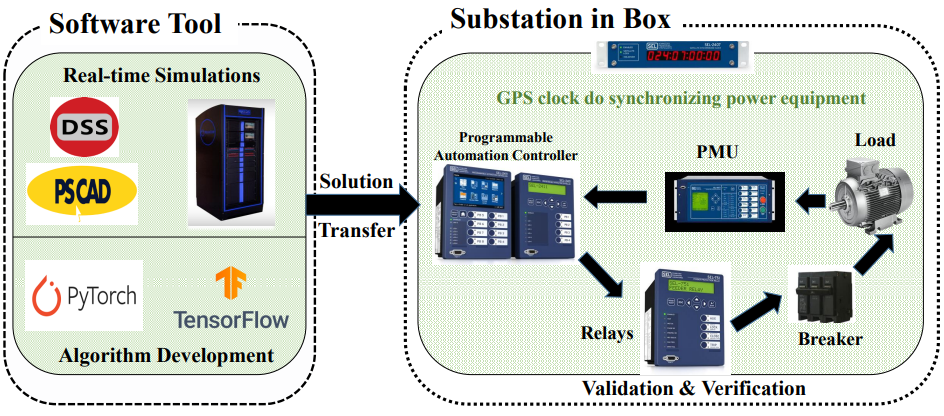 SEL 3530 Real-Time Automation Controller
SEL 3530 Real-Time Automation Controller- SEL 3620 Ethernet Security Gateway
- SEL 2411 Programmable Automation Controller
- SEL 751 Feeder Protection Relay
- SEL-421 PMUs / SEL-2240 Modular PMU
- SEL-2404 Satellite-Synchronized Clock
The testbed capabilities include:
- Enhancement of cyber-physical security and integrity
- Identification of system vulnerabilities
- Innovative detection of cyber attacks
- Design of autonomous response approaches toward cyber threats

Innovation Partnership Building Microgrid Testbed
- Carbon emission reduction: optimizing the operation of BESS, other DERs, and building operations to avoid unnecessary carbon emission, contributing to the UConn carbon neutral by 2030.
- Grid resiliency enhancement: demonstrate isolated grid operation and control to meet demand while maintaining system security and stability, such as intelligent load shedding, protection, grid-forming inverter design, and control for system black start after outages, etc.
- EV and BESS management for building energy efficiency improvement and grid benefits: demonstrate microgrid energy management system for EV and BESS charging and discharging to achieve peak demand shifting, demand response, circuit congestion relief, PV curtailment reduction, etc.
- Cyber security: demonstrate autonomous building load and DERs management to mitigate cyber-attacks.
